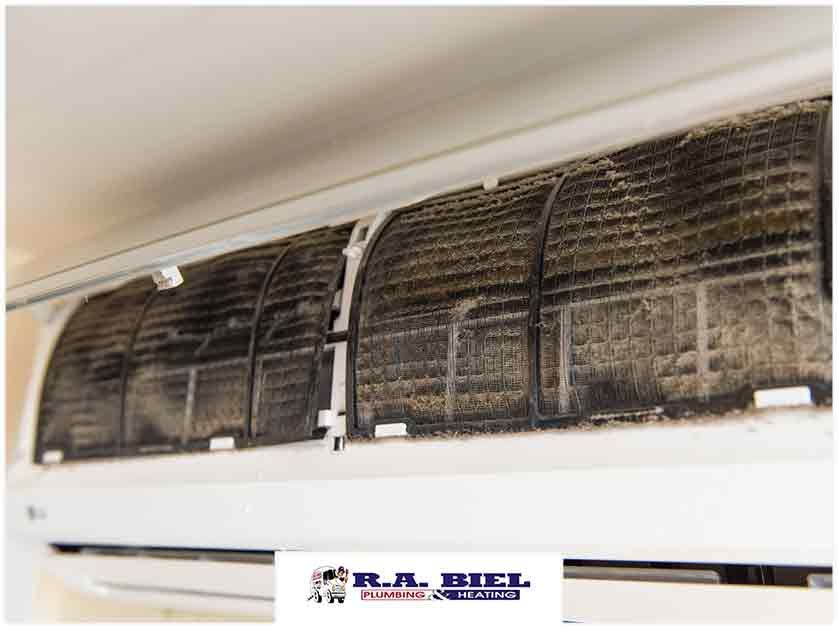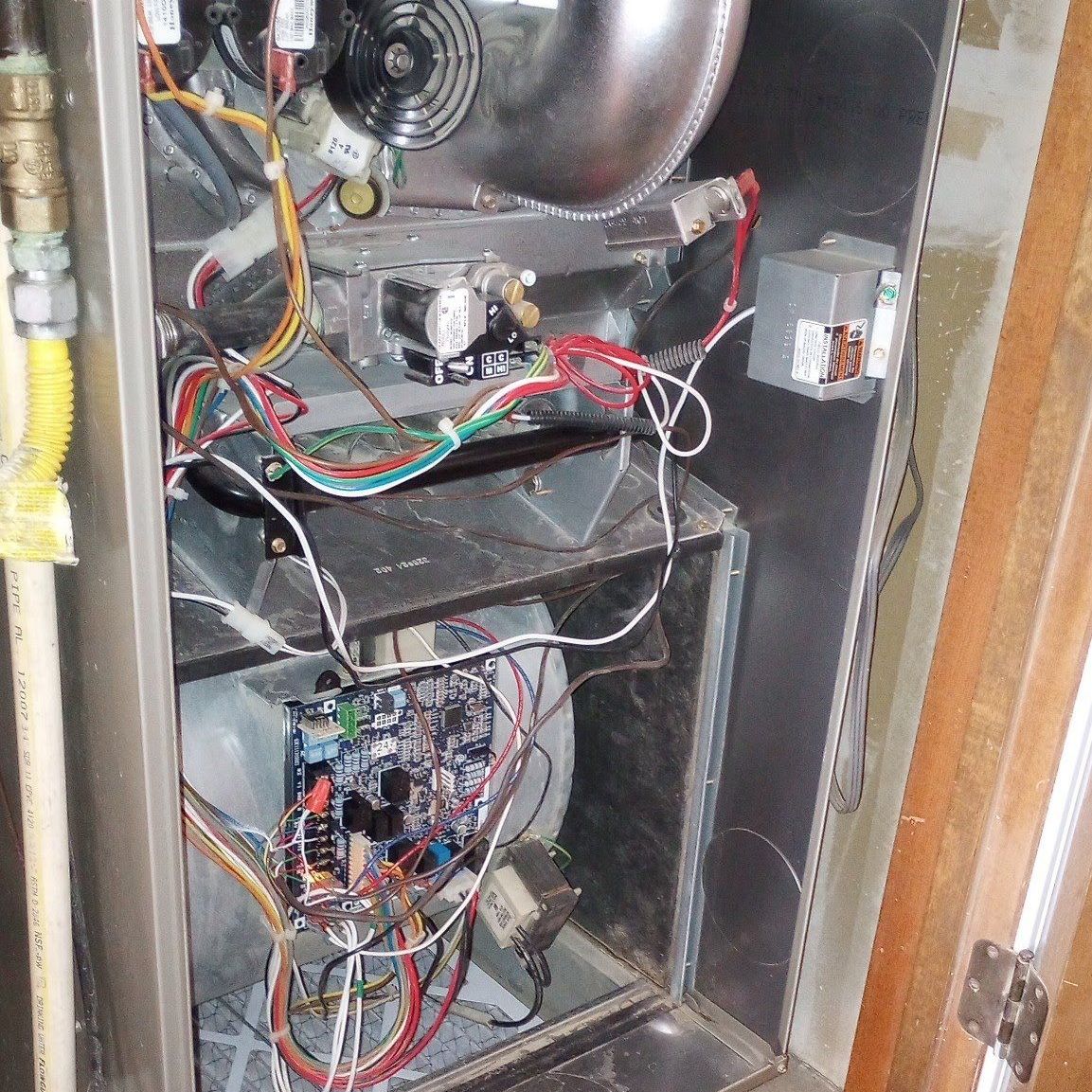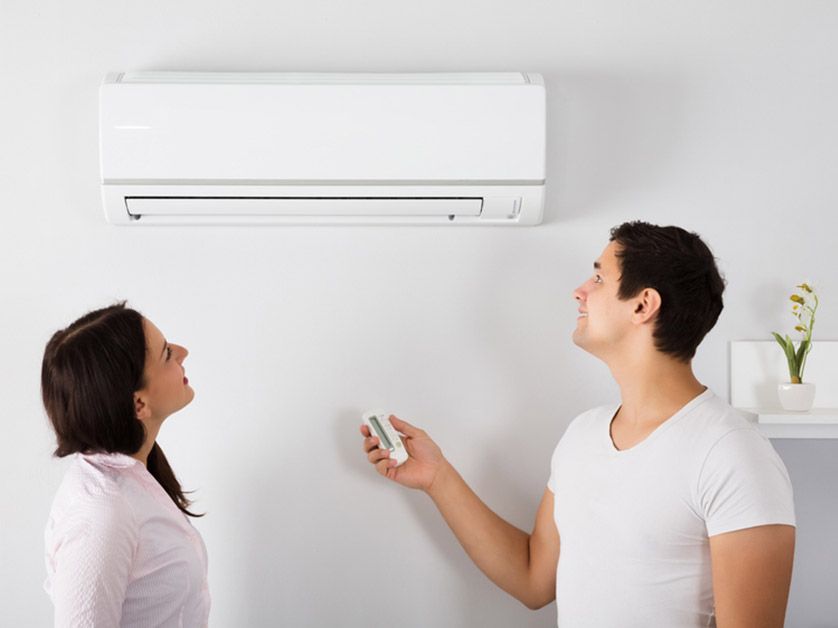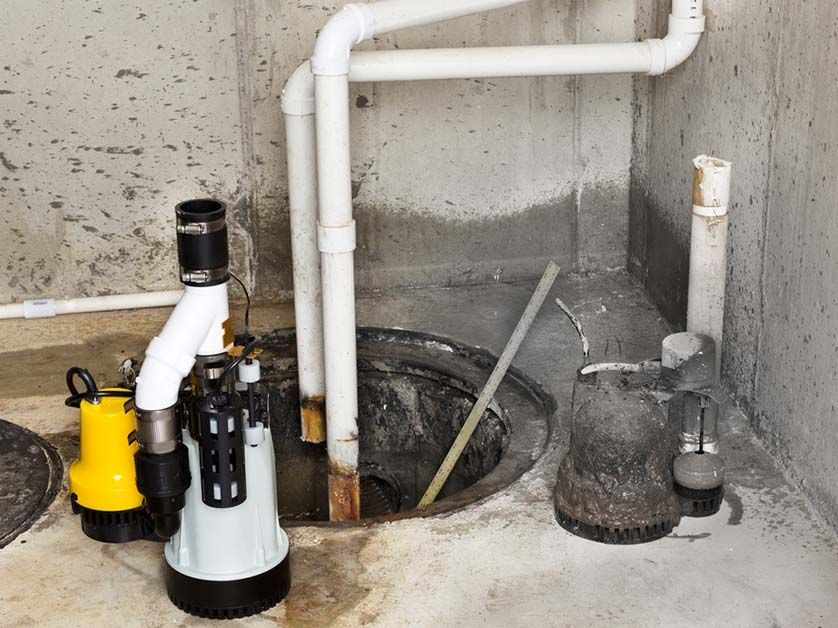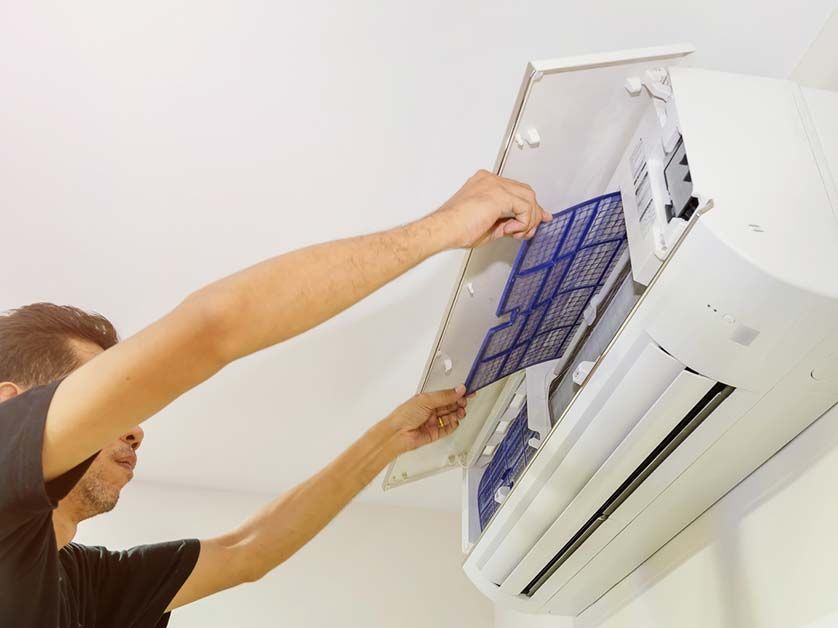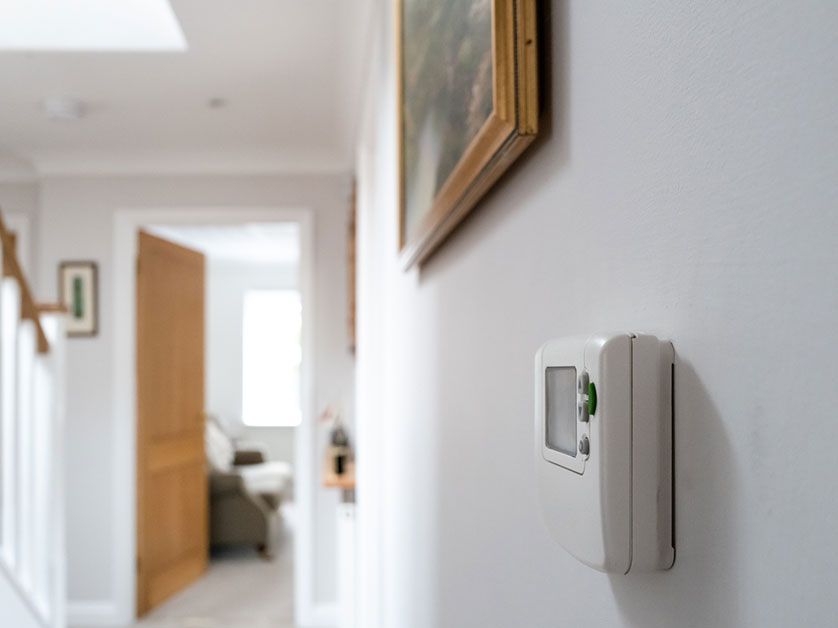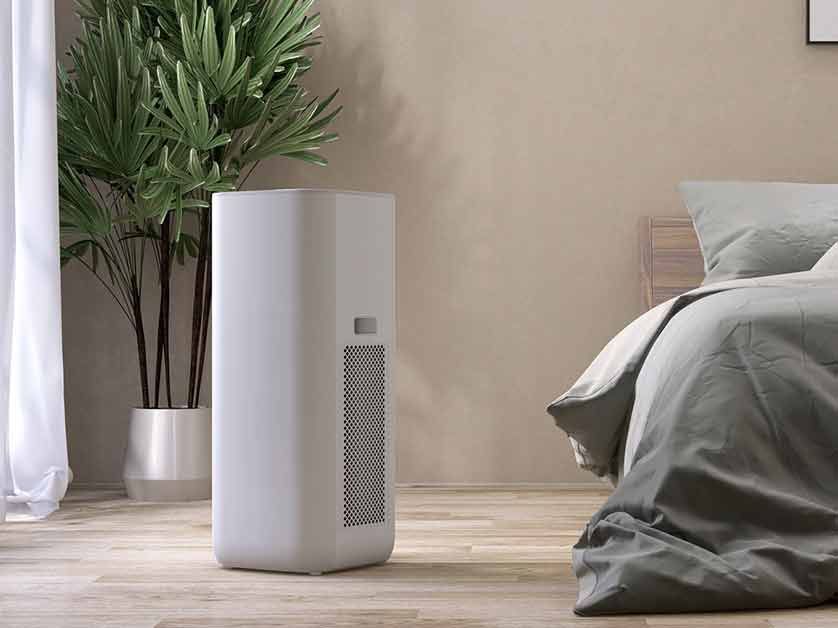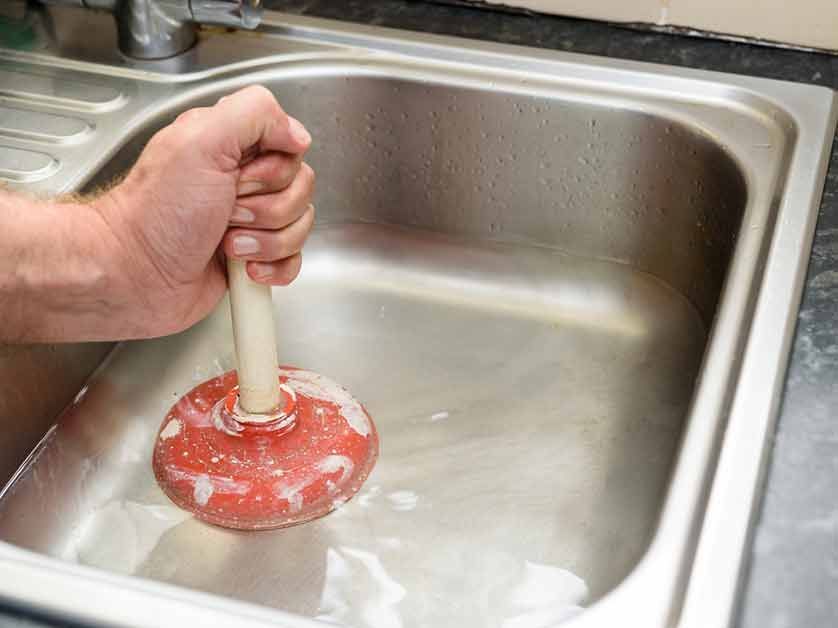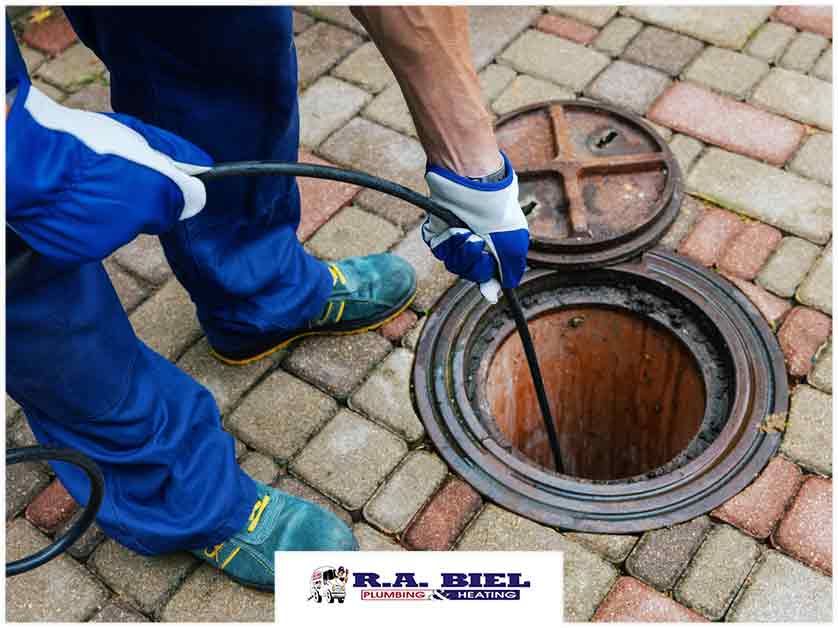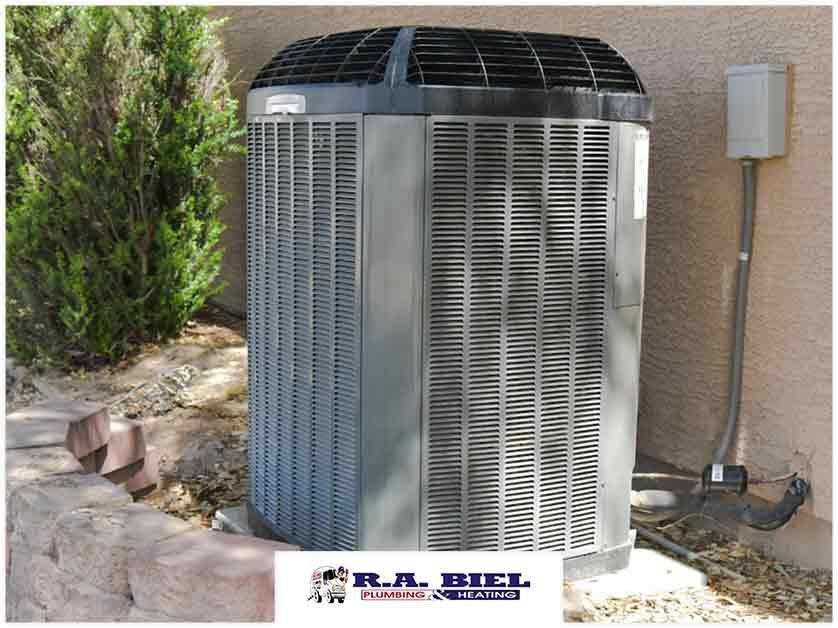A Basic Guide to Choosing the Right Home Air Purifier
Improving indoor air quality is at the top of the list for most homeowners, especially in this time of the so-called “new normal.” The air purifier is seen as one of the best solutions to this ongoing predicament, and while it’s not the be-all-end-all, it can help you and your family live more safely and achieve better health.
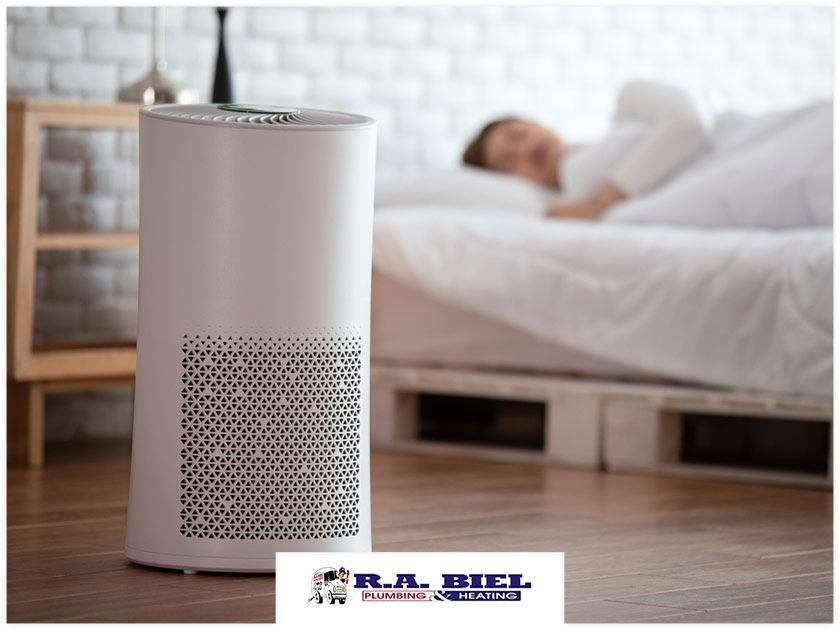
If you want to invest in an air purifier, first you have to figure out which one is right for you. As the leading HVAC repair contractor in the area, we’ve put together a basic buying guide to help you pick the best product for your budget and home size.
Types of Air Purifiers
Browse an air purifier online and you’ll notice that it comes in hundreds of different styles, types and brands. This might seem overwhelming at first, but the truth is that it varies depending on the type of air filtration system it uses. To be exact, there are four of them to choose from, each one targeting different types of indoor air pollution.
- High-Efficiency Particulate Air (HEPA) Filter
Most top-end air purifiers have this kind of air filtration system. Made of a highly-dense paper filter, it can catch a wide variety of airborne pollutants, including pollen, mold spores, fungi, dust, pet dander, hair, mold spores and visible smoke. If the product specifications mention that the product has a “true HEPA filter,” this means that it can remove 99.97% of all microscopic particles in sizes as small as 0.3 microns. However, the filter must be replaced after a certain period of use to ensure the efficiency of the air purifier. It shouldn’t be used when dealing with odors or chemical fumes.
- Ionic Filtration
An air purifier with this kind of technology works by emitting a cloud of charged ions into the air. These ions then latch onto airborne particles up to 0.01 microns in size, causing them to fall to the floor and other surfaces. It also utilizes an electrostatic collection plate that attracts impurities and removes them from the indoor space. While it doesn’t require frequent maintenance and filter replacement, the collection plate has to be cleaned with soap and water regularly.
- Carbon Filtration
Activated carbon is the main component of air purifiers with this type of filtration system. Such filters consist of millions of tiny absorbent pores, creating a large surface area to traps gases, fumes and odors. It can help make a room smell fresh by getting rid of smells, but it doesn’t remove airborne particles that cause respiratory issues.
- Ultraviolet (UV) Light Filtration
With this type of filtration technology, the air purifier emits a type of ultraviolet light that’s considered safe to humans—UV-C. In comparison,
UV-A and UV-B light contribute to skin aging and sunburn, respectively. UV-C light attacks bacteria and viruses by destroying their molecular structure, effectively sterilizing the indoor environment. However, you can’t find this type of air purifier as a standalone unit. It’s mainly available as an additional feature in some HEPA or ionic air cleaners.
ACH and CADR
Ask local HVAC maintenance technicians about air purifiers, and they’ll tell you that these devices, like heating and cooling systems, must be of the correct size relative to the indoor space that needs to be cleaned. Too small and it won’t filter air sufficiently inside a large room; too big and it will use up too much energy while getting rid of contaminants in a small room.
Determining the right air purifier based on the room size requires a basic understanding of two ratings. The first one is the ACH, or the air change per hour. It’s expressed in 4x, 5x and so on, which indicates the number of times per hour the device can clean dirty indoor air. The higher the number, the more efficient the air purifier is at completing its function.
The second rating is the CADR, or clean air delivery rate. It’s a metric developed by the Association of Home Appliance Manufacturers (AHAM) to provide consumers information about the air purifier’s ability to filter various particles in a specific size of room. Generally, the higher the number, the more particles it can remove, and the larger the room it can reasonably expect to clean. For instance, an air purifier must have a minimum CADR of 60 to clean a room that measures 100 square feet.
Other Considerations
Air purifiers come in classic and smart-enabled versions. The first version is the traditional variety in that it doesn’t always indicate the types of pollutants it removes from the indoor air. To determine if it’s working, you have to check the filter if it gets dirty. Despite this downside, a classic air purifier can come equipped with digital controls and air quality sensors. The second version, meanwhile, has a mobile app that allows you to check how well the device is cleaning the indoor air. With this, you can keep track of your home’s indoor air quality levels and learn the different types of pollutants the air purifier captures.
Another thing to consider is the placement of the air purifier. Put it in the wrong location inside a room and it won’t function as intended. For instance, a device that has either a HEPA or activated carbon filter must be placed at least two feet away from any wall or piece of furniture so it can work at maximum efficiency. If you have an ionic air purifier, place it at the center of the room. not on the wall, because it doesn’t have a fan like other air purifiers do.
Keep in mind that an air purifier is no different than HVAC systems and other home appliances when it comes to energy consumption. You’ll be using it for long periods in order to keep the indoor air clean, so you want to consider its energy efficiency. One way to do so is to check if it has an ENERGY STAR® label. This indicates that the product utilizes the least amount of energy while providing cost-efficient operation.
For all your HVAC needs, turn to R.A. Biel Plumbing & Heating, Inc. We offer a wide range of HVAC services, from air duct cleaning to preventative maintenance. Give us a call today at (505) 327-7755 or fill out our contact form to request a free estimate.
The post A Basic Guide to Choosing the Right Home Air Purifier appeared first on R.A. Biel Plumbing & Heating, Inc..
Our Recent Articles
